Category: Shinto Shrines
-
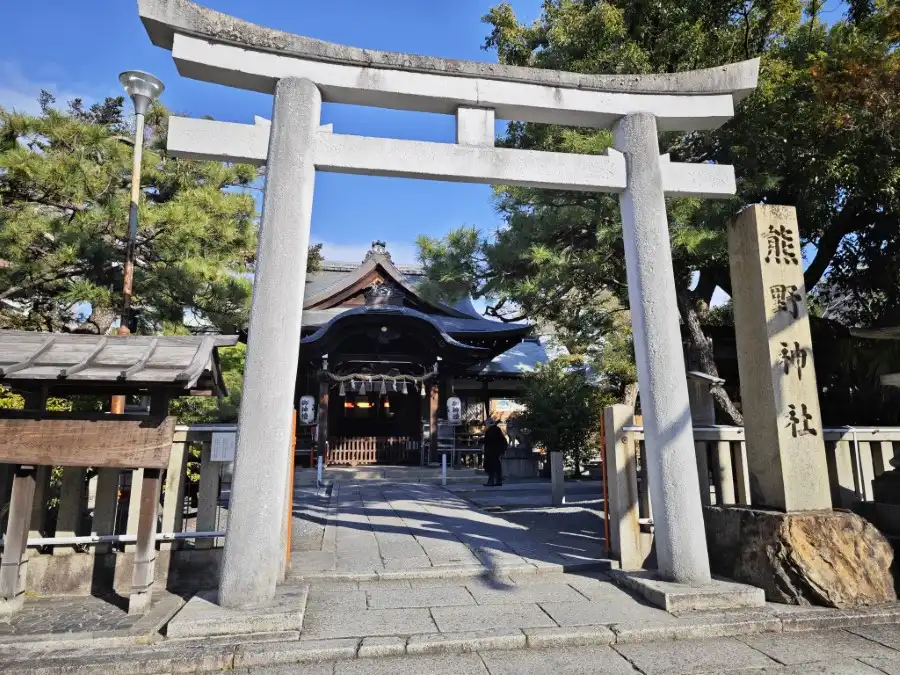
Kumano Jinja Shrine (京都熊野神社)
Kumano Jinja Shrine dates back to 811, when Shugendo priest Nichien Shonin invoked the great deity Kumano from Kishu in this area. It is the oldest of the three Kumano shrines in Kyoto. The other two are Imakumano Jinja Shrine and Kumano Nyakuoji Jinja Shrine. Shogoin Monzeki, which was founded at the behest of Emperor…
-
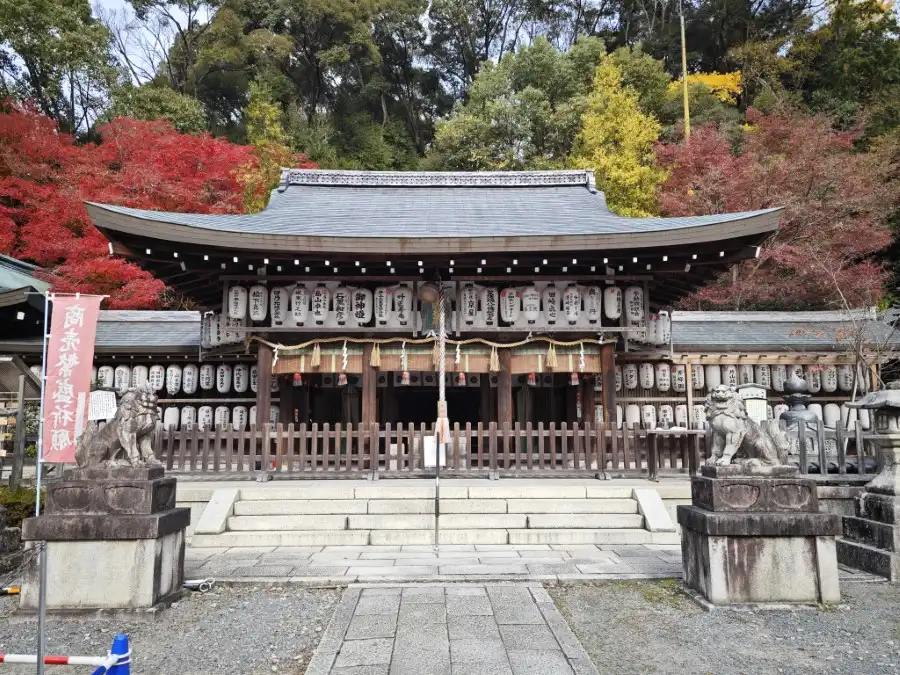
Kumano Nyakuoji Jinja Shrine (熊野若王子神社)
Emperor Go-Shirakawa founded the Kumano Nyakuoji Jinja Shrine in 1160 by inviting the Kumano Gongen (a deity) from Kishu. It is one of the three Kumano shrines in Kyoto. Other two are Kyoto Kumano Jinja Shrine and Imakumano Jinja Shrine. Of the three shrines in Kumano, this shrine represents the Nachi-taisha. At the same time,…
-
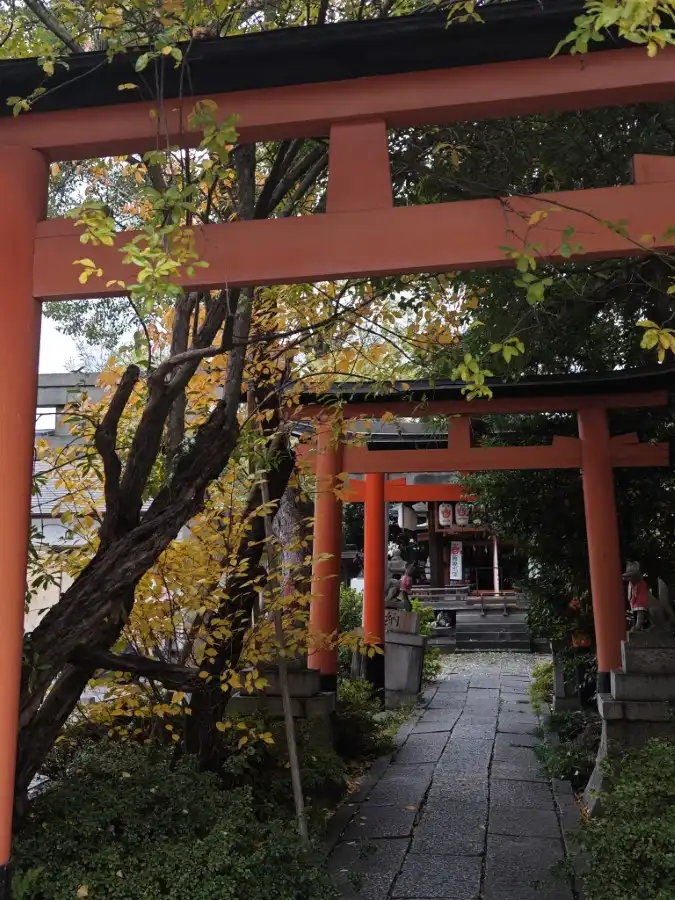
Takenobu Inari Shrine (武信稲荷神社)
Takenobu Inari Shrine is not for tourists. Located near the Sanjo-dori shopping street. It is a shrine with deep roots in the community where locals visit from time to time. It is a small shrine but has a long history. Yoshisuke Fujiwara, Minister of the Right, founded Takenobu Inari Shrine in 859 during the early…
-
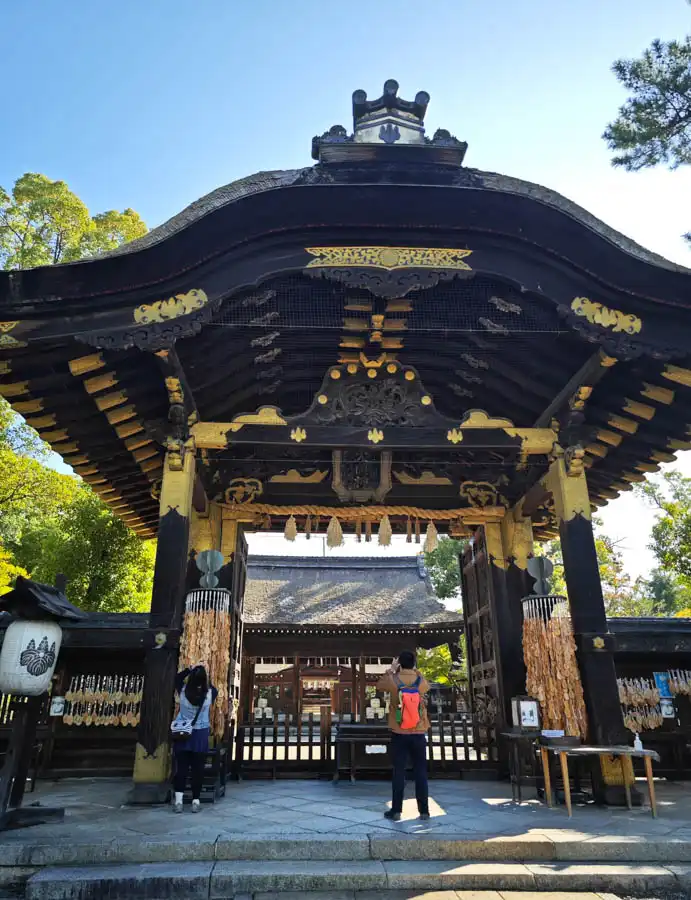
Toyokuni Jinja Shrine (豊国神社)
The head shrine of Toyokuni Jinja Shrines in Japan, which enshrine Toyotomi Hideyoshi. It is a god of success in life and the fulfillment of good marriage. This shrine was originally located halfway up Amidagamine. However, the Tokugawa Shogunate abandoned it after the fall of the Toyotomi family. In 1880, the Meiji government rebuilt the…
-
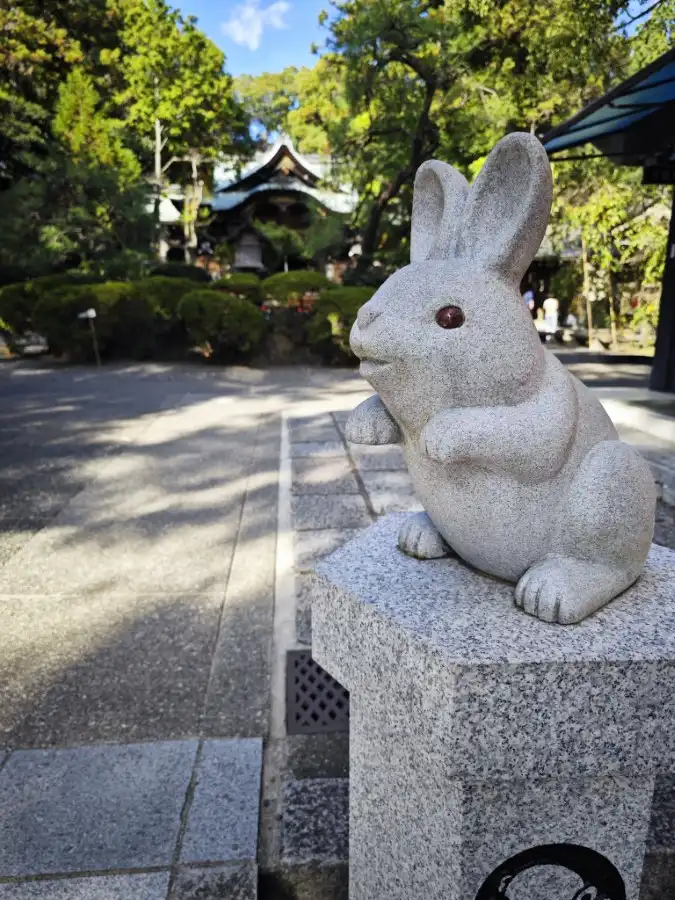
Okazaki Jinja Shrine (岡崎神社)
Although foreign visitors do not know much about Okazaki Jinja Shrine, it was one of the shrines built in the four directions of Heian-kyo for the protection of the royal castle when Emperor Kanmu moved the capital to Kyoto in 794. It got a name “East Heavenly King” because of its location to the east…
-
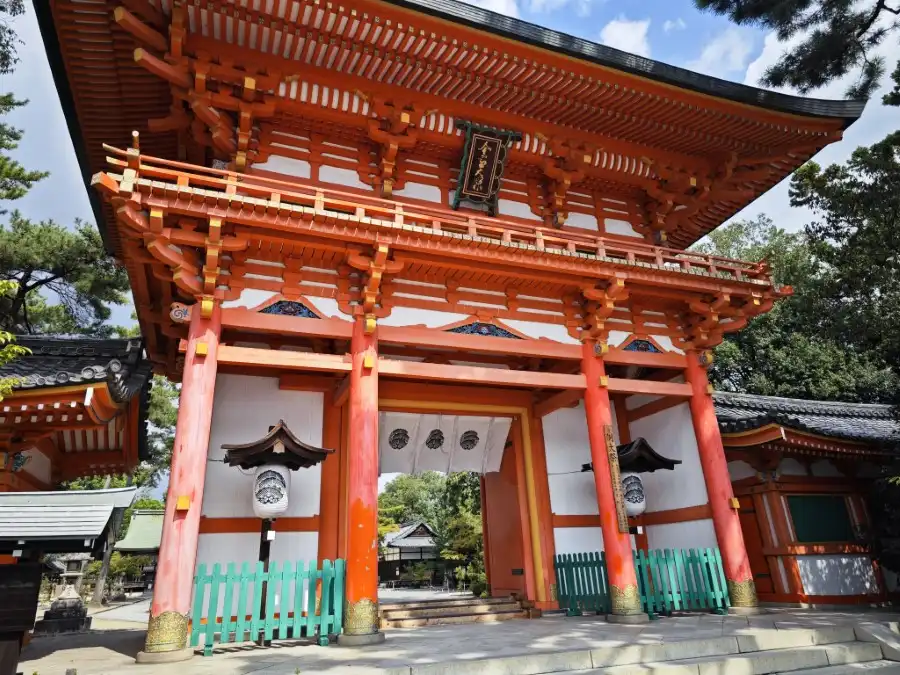
Imamiya Jinja Shrine (今宮神社)
Imamiya Jinja Shrine is a historic shrine that has been in operation since the Heian period. The Aburi mochi rice cake stores outside the shrine grounds has also been in business for over 1,000 years. History of Imamiya Jinja Shrine In the area where Imamiya Jinja Shrine is located, there was a shrine dedicated to…
-
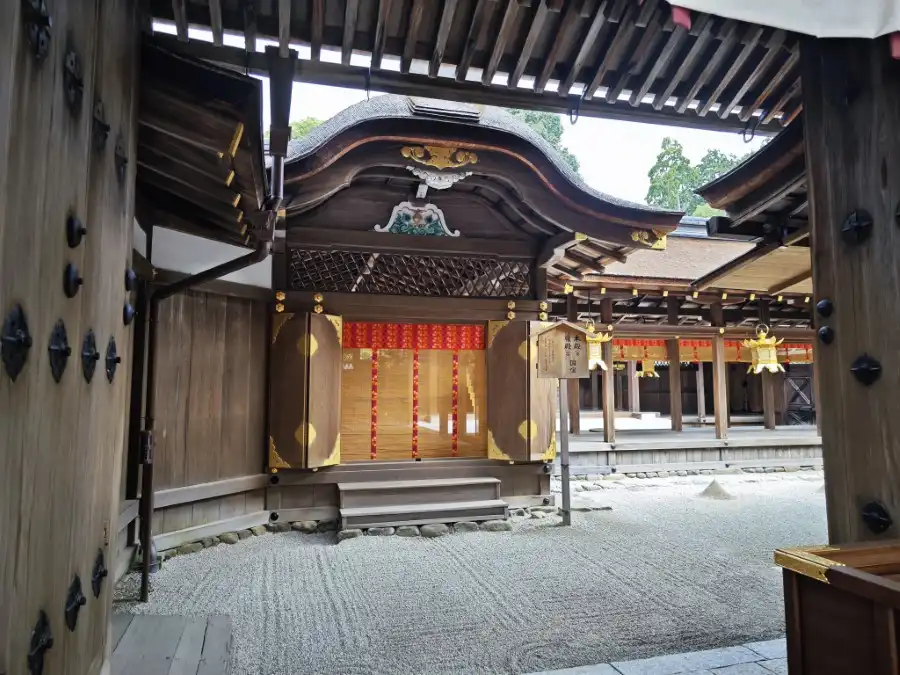
Kamigamo Jinja Shrine (上加茂神社)
The official name of Kamigamo Jinja Shrine is Kamowakezuchi Jinja Shrine. This shrine is dedicated to Kamowakeikazuchi-Okami. The entire area of the shrine is a part of World Heritage site, with two national treasure buildings and 41 important cultural properties. The main shrine is not normally visible from the outside, but you can see the…
-
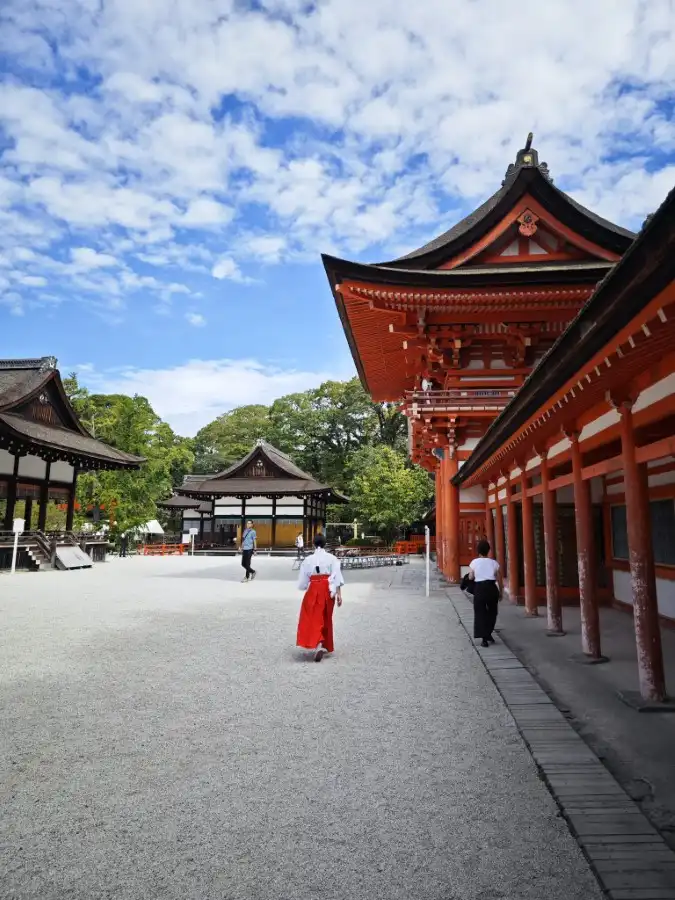
Shimogamo Jinja Shrine (下鴨神社)
Shimogamo Jinja Shrine, together with Kamigamo Jinja Shrine, is definitory one of the most important shrines in Kyoto. Although it doesn’t have an outstanding photo spot like the vermilion torii gate of Fushimi Inari Shrine, its ancient history and forested environment are worth mentioning. In addition, 31 buildings, including the tower gate, dance hall, kimono…
-
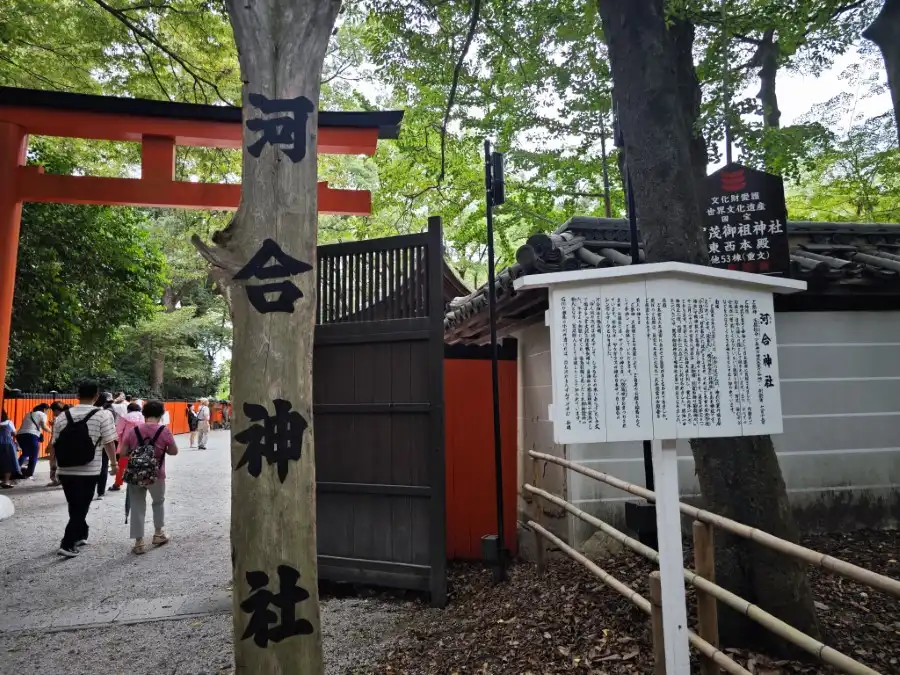
Kawai Jinja Shrine (河合神社)
Kawai Jinja Shrine, a daughter shrine of Shimogamo Jinja Shrine, is worshipped as the protector of women. It enshrines Tamayorihime no Mikoto, the mother of Emperor Jimmu. Tamayorihime no Mikoto, renowned for her jewel-like beauty, is deeply revered as the god of beauty. Kawai Shrine distributes mirror ema as beautiful prayer ema. The Kawai Jinja…
-
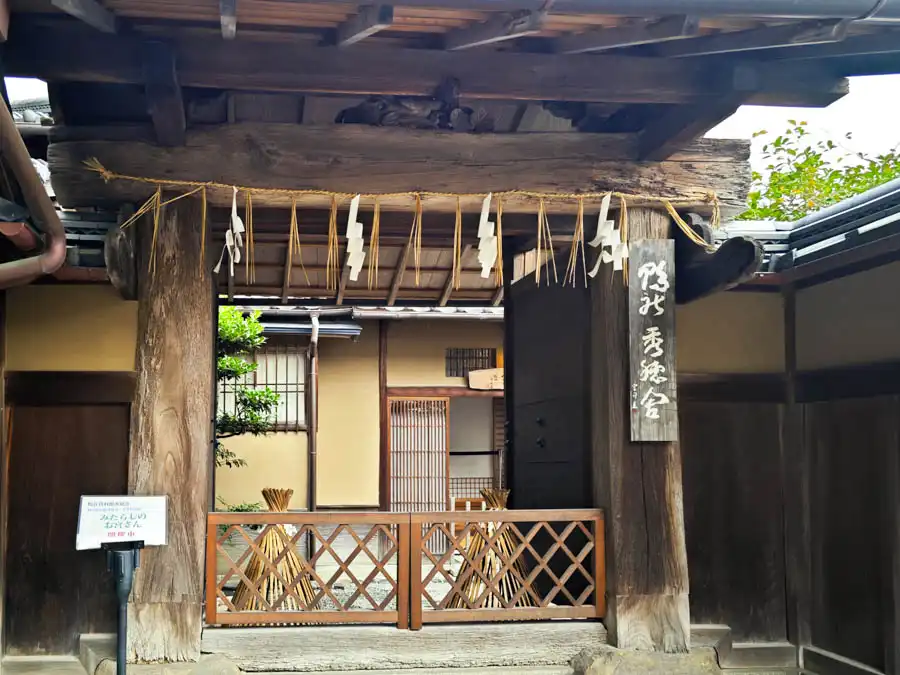
Shusuisha (秀穂舎)
In Shimogamo Miyakawacho (south of Shimogamo Jinja Shrine), there is the Old Asada Family Residence. This is a remnant of “Shake” built in the middle of the Edo period. Currently, the “Shake” building has been maintained and is open to the public as the Kamosha Museum/Shusuisha.” Google map “Shake” refers to the houses of the…
-
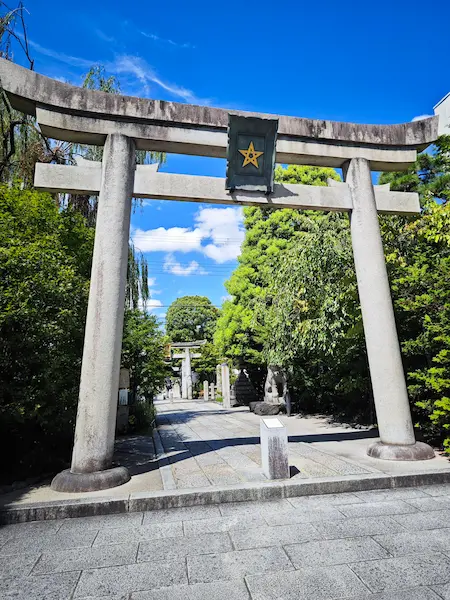
Seimei Jinja Shrine (晴明神社)
Seimei Jinja Shrine is dedicated to Abe no Seimei, an astronomer and Onmyoji of the mid-Heian period. This is a shrine for “exorcism” and “protection from evil spirits”. Even today, many worshippers visit the temple and offer prayers to ward off their evil spirits. Emperor Ichijo, who praised the great deeds of Abe no Seimei,…
-
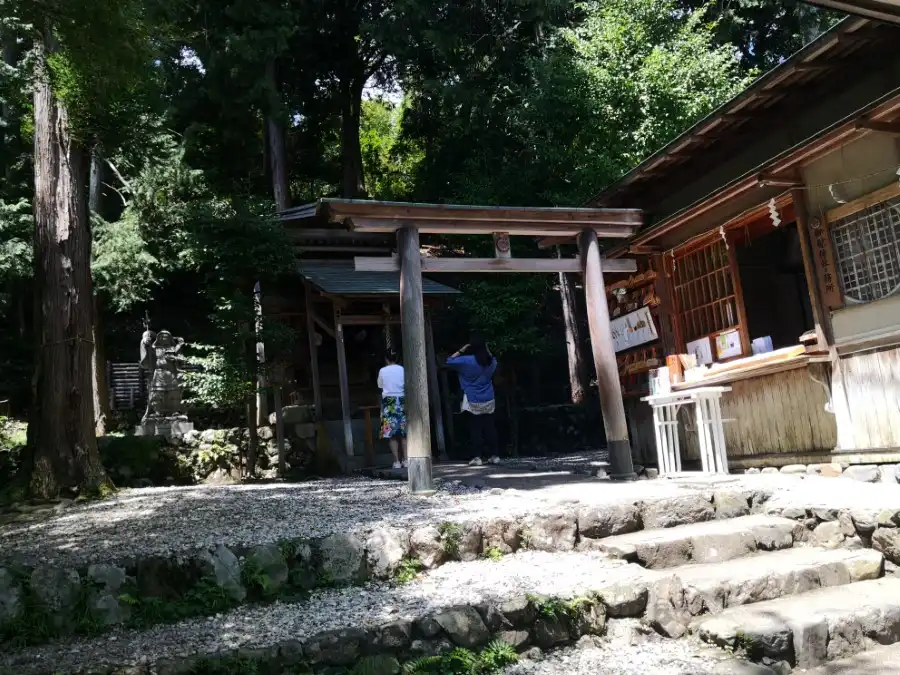
Mikami Jinja Shrine (御髪神社) and Ogura Pond (小倉池)
Mikami Jinja Shrine is located at the foot of Mt. Ogura in the north of Arashiyama. It is the only shrine in Japan that enshrines the founder of the barber and beauty industry. Even today, the faith of barbers is strong. And there is a hair mound in the precincts where hair is dedicated. It…
-
Gion Matsuri Festival (祇園祭)
Gion Matsuri stands as a cornerstone of Kyoto’s summer traditions, boasting over a millennium of rich heritage. From the dazzling yamaboko parades to the solemn mikoshi processions, the festival offers an abundance of captivating experiences. If you find yourself in Kyoto, immersing yourself in the vibrant tapestry of this traditional and historical festival is an…
-
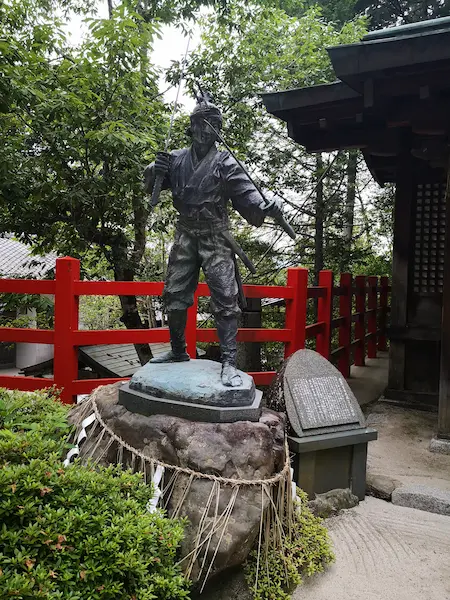
Hachidai Jinja Shrine (八大神社)
Miyamoto Musashi fought a duel near Hachidai Jinja Shrine (Ichijoji Sagarimatsu). History Hachidai Shrine dates back to the Heian period. The date of the founding of Hachidai Jinja Shrine is unknown. But in 1294, eight deities associated with the area (Hachidaitenno) were enshrined. These deities are believed to protect the local community and ensure their…
-

Yasaka Shrine (八坂神社)
About the Shrine Yasaka Shrine is an old shrine that has been here since before the capital moved to Heian-kyo (present Kyoto) in 794. And it has been popularly called “Gion-san”. The main deity, Susanoo-no-Mikoto, is believed to be the god of purification from all kinds of misfortune, and many gods are enshrined in numerous…
-
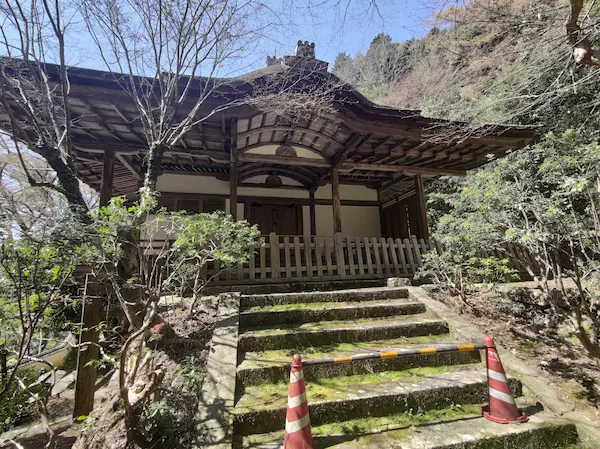
Kami-Daigo (上醍醐), Upper complex of Daigoji Temple
Daigoji Temple is divided into two parts: the upper part of the temple and the flat area. The flat area is well-known Daigoji Temple. And the upper part is called Kami-Daigo, where the older complex of Daigoji Temple exists. This is the birthplace of Daigoji Temple since 874. Daigo water, which has been gushing since…
-
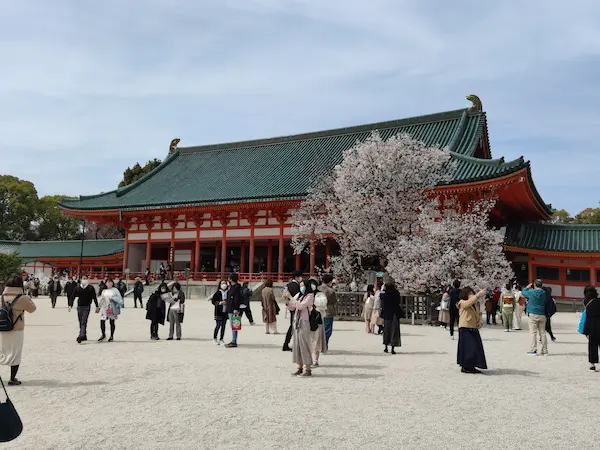
Heian Jingu Shrine (平安神宮)
Heian Jingu Shrine was built in 1895 to commemorate the 1,100th anniversary of the transfer of the capital to Heian-kyo and to worship Emperor Kanmu, the creator of the Heian-kyo Capital. The shrine was not built in the Heian period. At the time, Kyoto was in a state of decline. The city was devastated by…
-
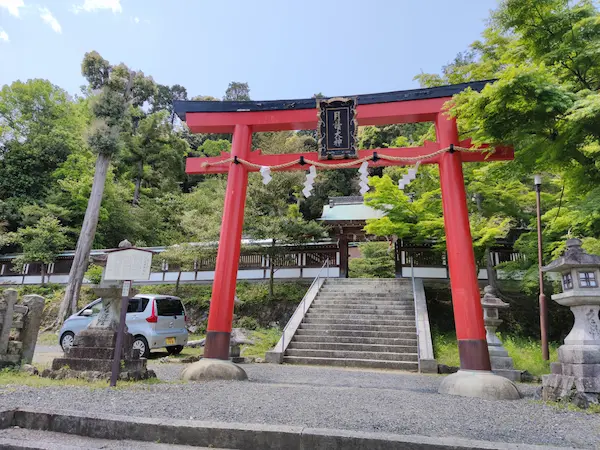
Tsukiyomi Jinja Shrine (月読神社)
From Matsuo-taisha Shrine, walk south along the edge of Mt. Matsuo for a while and you will find Tsukiyomi Jinja Shrine. This shrine is a regent of Matsuo-taisha Shrine, but it is an old shrine that appears in the Engi-shiki. It is said that the Iki Clan originally worshipped a maritime deity on the island…
-
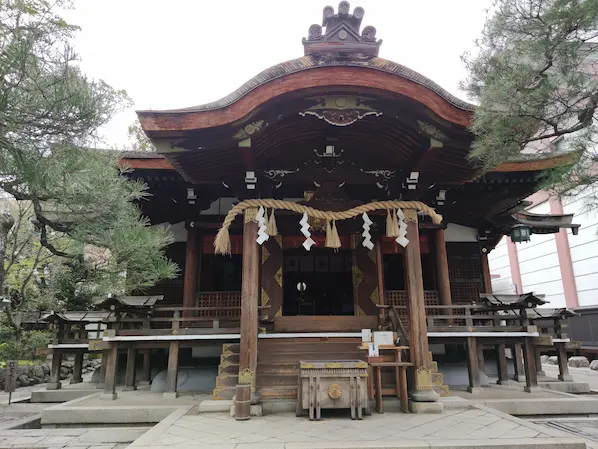
Daishogun Shrine and Yokai Street
Ichijo Yokai Street Heading south from the famous Kitano Tenmangu Shrine, you will find Ichijyo Yokai Street (Daishogun Shopping Street). It is said that the street was named “Yokai Street” based on a legend that yokai, or mourning gods, once marched along Ichijo Dori Street in this area. Except for a few yokai dolls placed…
-
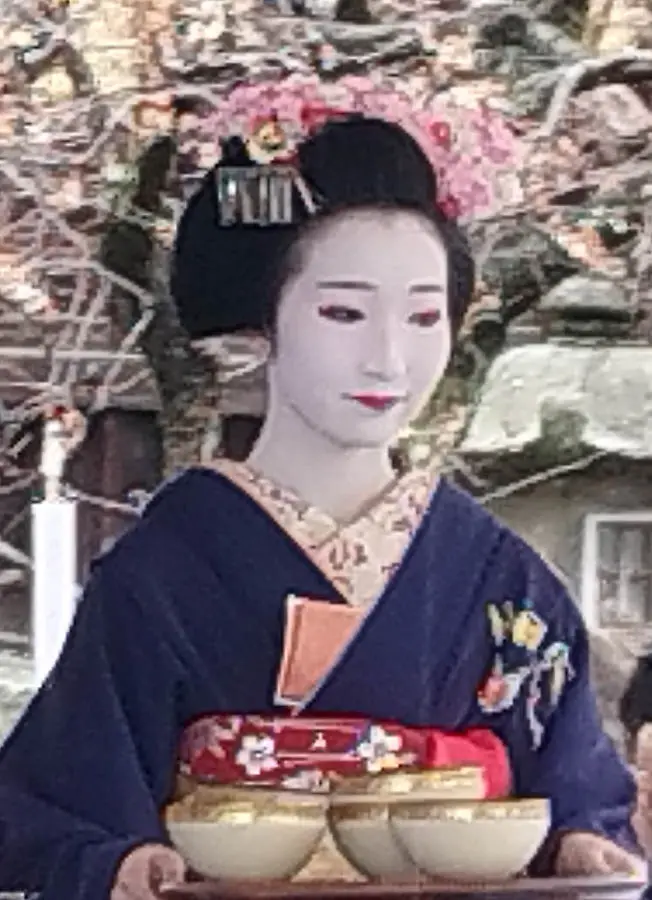
Kitano Tenmangu Shrine (北野天満宮)
Kitano Tenmangu Shrine can be entered through either the North Gate or the East Gate (Important Cultural Property). It is best to visit Kitano Tenmangu Shrine during the plum blossom season or the season of autumn leaves. Kitano Tenmangu Shrine, famous as Tenjin-san, is the general shrine of Tenmangu or Tenjin-sha throughout Japan. The shrine…
-
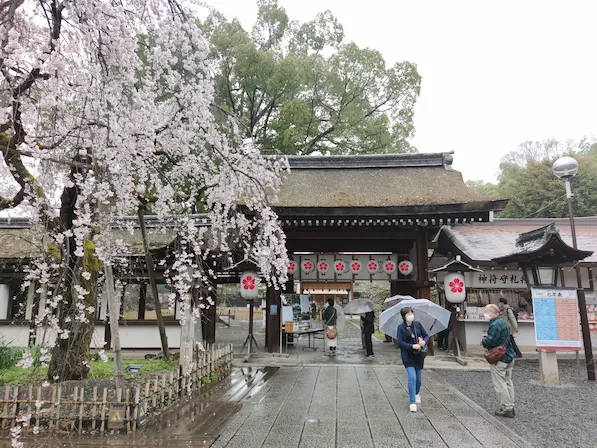
Hirano Jinja Shrine (平野神社)
Hirano Jinja Shrine is famous for its cherry blossoms. Admission to the garden with many cherry trees is charged during the flowering season. The area around the main shrine (an important cultural property) is free all year round. The origin of Hirano Shrine is old. It was originally built in the Heijo-kyo Capital (Nara). The…
-
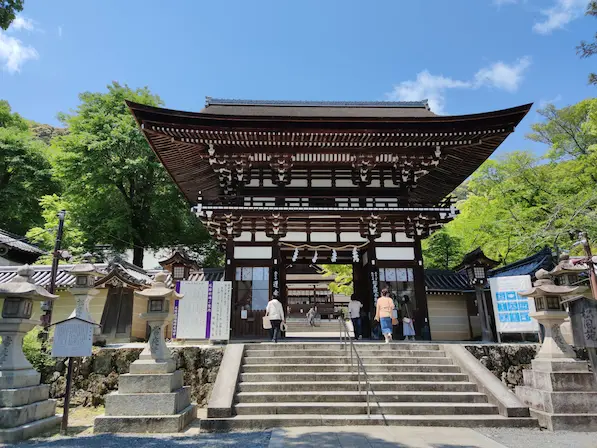
Matsuo Taisha Shrine (松尾大社)
Nestled in the scenic beauty of Mt. Matsuo, Matsuo Taisha Shrine is a historic gem with roots dating back to prehistoric times. Established in 701 by the Hata clan from ancient Korea, the shrine served as a sacred site. Emperor Kanmu later designated it for protecting the imperial residence in the Heian period. The shrine’s…
-
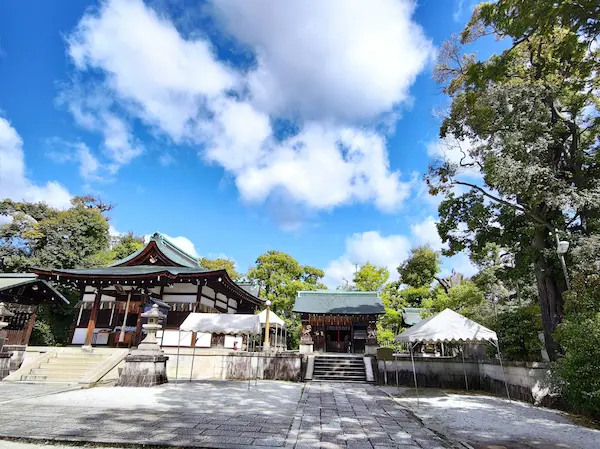
Wara Tenjin Shrine (藁天神)
From Kinkakuji Temple, go along Kinukake-no-michi a little toward Ryoanji Temple, and from there go south on Nishioji-dori. There you will find the Shikichi Shrine, commonly known as Wara Tenjin. The bus stop is also called “Waratenjin-mae,” so the common name is probably more popular among residents. Shrine’s official WEB site The deity of the…
-
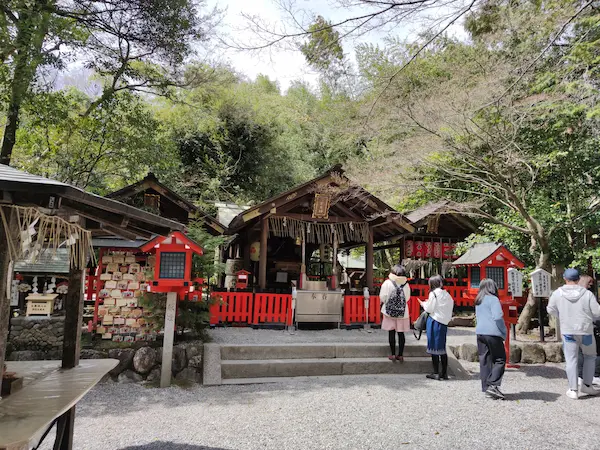
Nonomiya Jinja Shrine (野宮神社)
Nonomiya Jinja Shrine is located near the bamboo grove path in Arashiyama. The torii gate made of black wood (barked sawtooth oak) is unique. The Nonomiya was a place where the princesses who became Saiku during the Heian period purified themselves before leaving for Ise, and the building was rebuilt for each successive emperor. In…
-
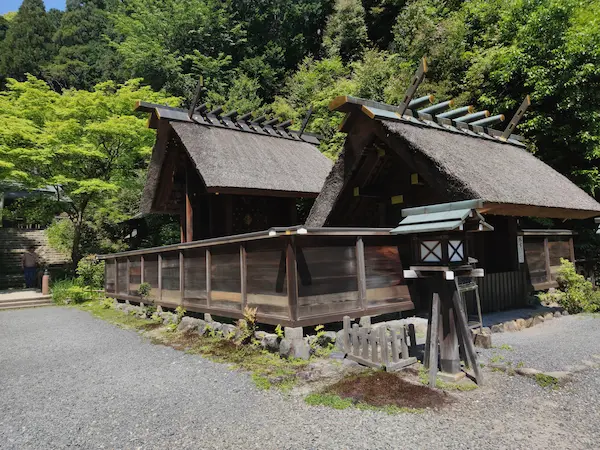
Himukai Dai-jingu Shrine (日向大明神)
The Himukai Dai-jingu Shrine is a shrine known as a god of good luck, protection from bad luck, and match-making. It originated at the end of the 5th century, when a sacred site on the peak of Takachiho in Hyuga, Tsukushi, moved here. Later, Emperor Tenchi donated the Kanda, and named the mountain where the…
-
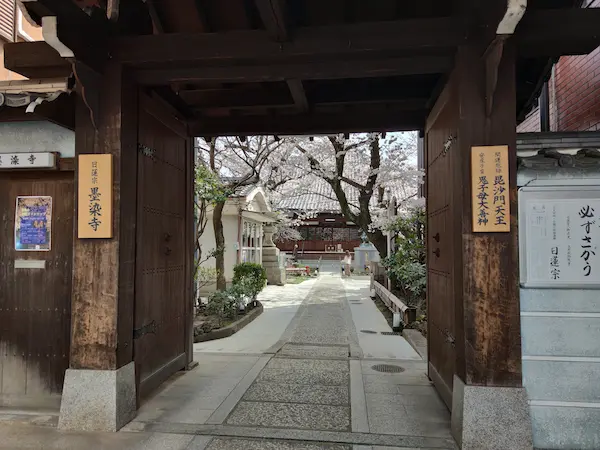
Bokusenji Temple (墨染寺)
Bokusenji Temple is also known as Sakura-dera Temple, and the name of the nearby train station is also Bokusen. In the Heian period (794-1185), a poet, Mineo Ueno, composed a poem at the death of Mototsune Fujiwara, saying, “Cherry blossoms in the fields of Fukakusa, if you have a heart, bloom only this year in…
-
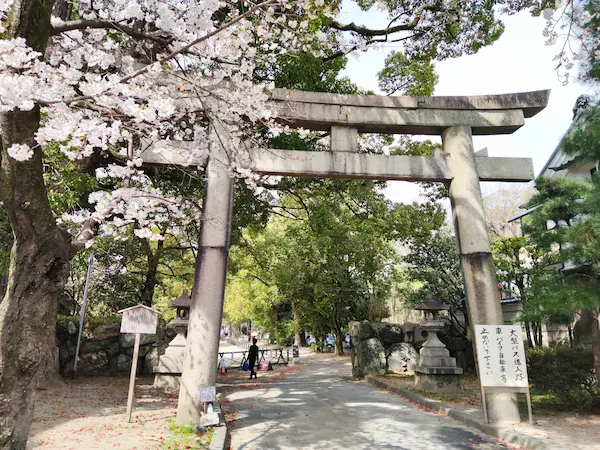
Fujimori Jinja Shrine (藤森神社)
The legendary Empress Jingu might found the Fujimori Jinja Shrine. If it is so, the shrine had existed long before the capital moved to Heian-Kyo Capital in the year 794. There are beautiful wisteria tunnels and wisteria arches in the precincts of Fujimori Shrine. In spring, when the wisteria flowers are in full bloom, many…
-
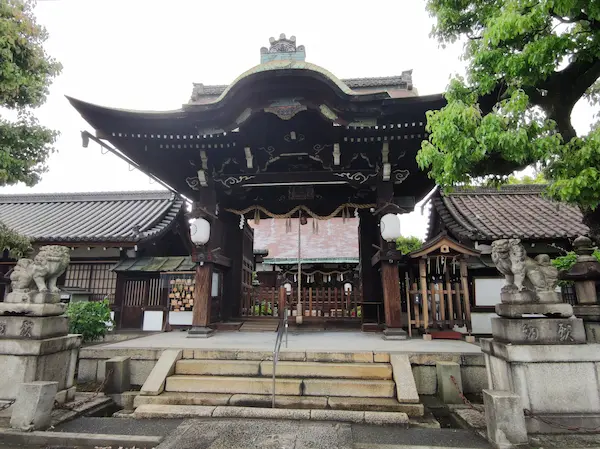
Rokusonnou Jinja Shrine (六尊王神社)
Discover the historical charm of Rokusonnou Jinja Shrine, the birthplace of the Seiwa Genji clan in Kyoto. Dedicated to Minamoto no Tsunemoto, the founder of the Seiwa Minamoto clan, the shrine holds a monument honoring his legacy. Rebuilt in 1707 by the Tokugawa family, explore the sacred grounds and delve into the rich history of…
-
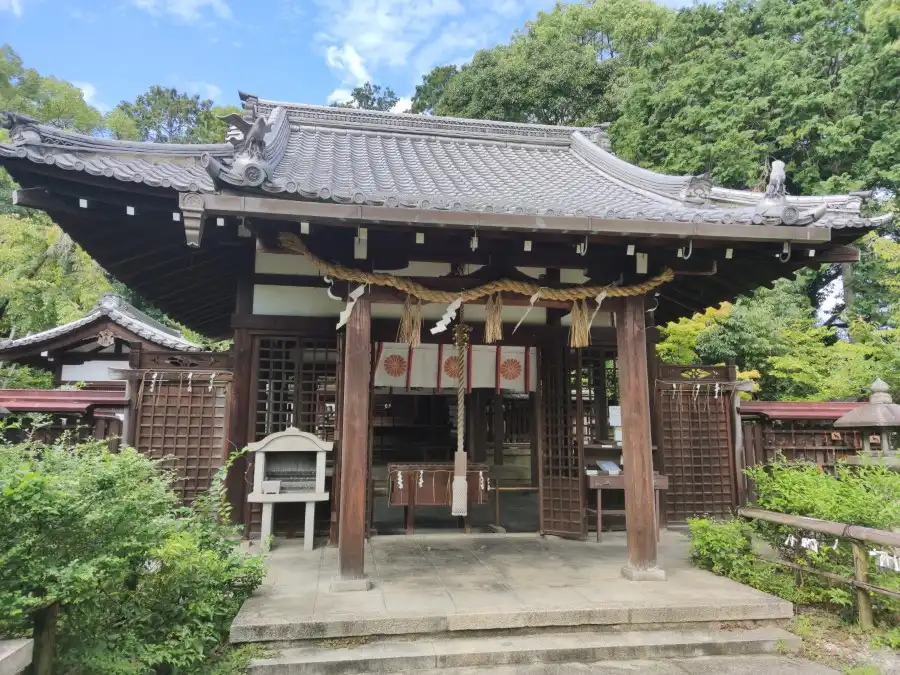
Imakumano Shrine (新熊野神社)
Imakumano Shrine is located south of Sanjusangendo and along Higashioji Dori. The shrine was built by Ex-Emperor Goshirakawa in 1160. Emperor Goshirakawa abdicated in 1158, and his residence at that time was Hojuji Temple, which is now located to the east of Sanjusangendo. The Ima-Kumano Shrine was a guardian shrine while the Sanjusangendo was a…
-
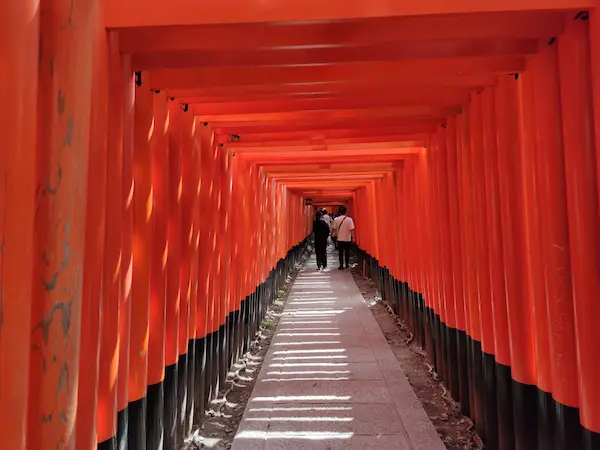
Fushimi Inari Taisha Shrine (伏見稲荷大社)
Fushimi Inari Taisha is one of the most famous shrines in Japan, located in Fushimi-ku, Kyoto. Its distinctive red corridor of torii gates attracts many tourists from Japan and abroad. (Shrine’s official WEB site) The Inari-daimyojin is the deity of the main shrine, and people pray for prosperous business, traffic safety, and academic success. In…